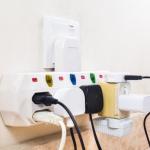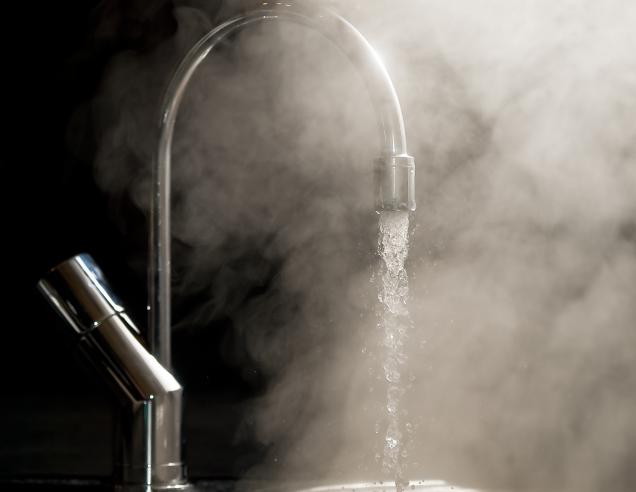
An Adelaide Electrician Reveals What Causes Power Surges
Power surges do not occur naturally in supply or usage. Various factors trigger them.
This article provides an overall approach to power surges, including the causes, signs, protection, and prevention.
What is a Power Surge?
A power surge occurs when an electric current flowing through a system increases suddenly and intensely above the standard capacity. It results from interruptions on the power line, transformer, or a connected device’s reversal of electric flow.
Most wall outlets operate on a 120-volts basis, but the current fluctuates in a predetermined rhythm between 0 and 169 volts. Most home appliances can handle such fluctuations, but power surges exceed 169 volts.
A power surge is hazardous. It causes an electrical arc that generates high heat that could damage connected devices or ignite a fire.
Causes of Power Surges
Power surges are triggered by factors within your home (internal causes) or external causes, but internal factors are the most common.
Internal Causes
- Power overload resulting from the connection of many devices or more than one high-voltage appliance
- Outdated or faulty wiring that can’t handle your home’s electric capacity
- Tripped circuit breakers can cause surges instead of preventing them. A regular check will help you know if they are worthwhile
- Power outages. Appliances are not affected by the loss of electricity but the impact it comes back with when it is restored
- Disruptions on power lines by fallen tree branches
- Impairment of transformers or when animals such as snakes, squirrels, or birds get into them
- Lightning strikes which cause intense overloads with millions of volts
- Technical issues at the power company
- Loss of power to devices or complete impairment
- Tripped circuit breakers
- Flickering and dimming of lights
- Smoke originating from outlets
- Burning odours
- Discoloration of sockets and plugs
- Electric rust on power cords
You can prevent power surges arising from internal causes, but externally caused surges are beyond your control.
All in all, the best way to keep away from surges is to use surge protection.
Prevention of Power Surges
- Disconnection of devices not in use
- Using separate circuits for large appliances and reducing the number of devices per circuit
- Installation of lightning rods to arrest lighting in prone areas
- Installing power surge protection to protect your appliances against any form of power surges
If you wonder why power surges keep invading your home, it could be because of internal factors. Heavy-duty appliances such as ACs, refrigerators, toasters, washers, etc., consume much power when starting. They could also reverse the power back to the system, causing a power surge.
Overloading your circuits and faulty wiring could be other factors to consider.
The risks of power surges vary; they can take a small, gradual toll on your devices. However, when the surges overheat your devices and you notice smoke or burns, it is essential to call a professional electrician immediately to handle the situation.



